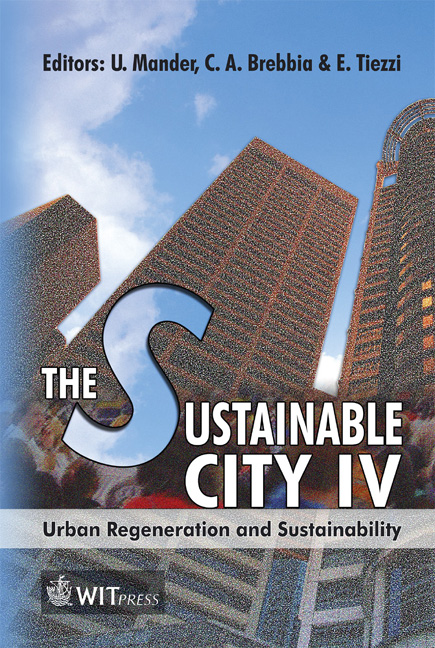On Energy Requirements And Potential Energy Savings In Italian Hospital Buildings
Price
Free (open access)
Transaction
Volume
93
Pages
13
Published
2006
Size
475 kb
Paper DOI
10.2495/SC060401
Copyright
WIT Press
Author(s)
G. Bizzarri
Abstract
Most Italian hospitals show a significant rise in their electricity demand during the summer. Such a growth represents a high penalizing aspect especially in structures characterized by considerable needs, as the contracts with the electricity provider is normally set to the peak of consumption. An energy policy that would seek a requirement optimization through a cut of the summer peak of the electricity demand could therefore result in both energy and economic savings. In this paper the electricity needs of twenty-three hospitals located in Emilia-Romagna, north Italy, are investigated. These electricity requirements have been broken down into main end-uses confirming that compression chillers, supporting the HVAC systems during the hot season, represent the major electricity end-use and are essentially to be considered as responsible for the summer peak in electricity demand. The existence of a correlation between electricity requirements and cooling needs has been detected. Finally, a brief survey has been carried out to establish which technologies would best fit with the hospitals’ needs with the aim of a rationalization of the energy demand. Among the different scenarios, solar technologies (e.g. solar collectors) in particular well suit hospital facilities since these systems achieve their peak of production in correspondence of the peak of demand during the hottest sunny days of the summer. Keywords: hospitals energetics, electricity requirement, energy retrofit, peak-cut. 1 Introduction In every temperate area, such as Italy, the cooling operations of HVAC systems are mainly concentrated during the hot summer months, from June to September.
Keywords
hospitals energetics, electricity requirement, energy retrofit,peak-cut.





